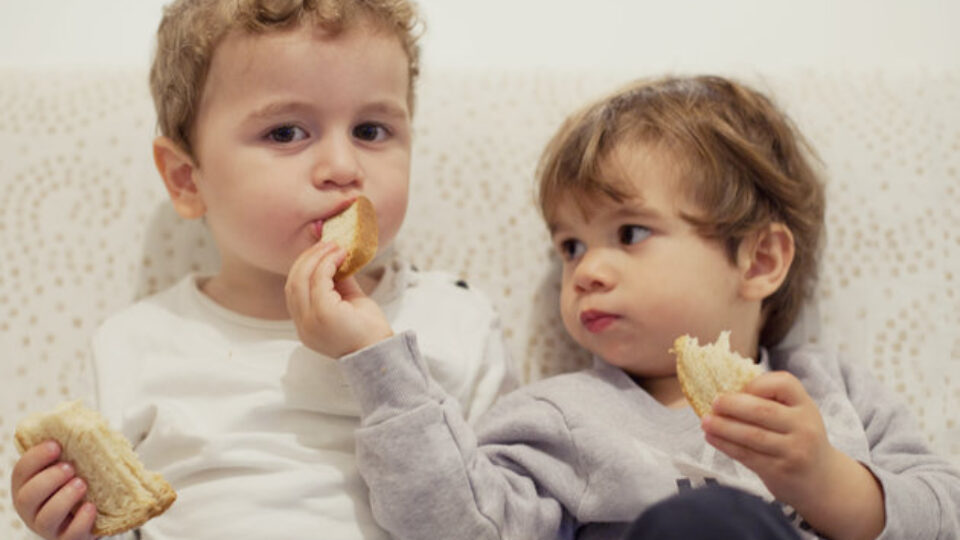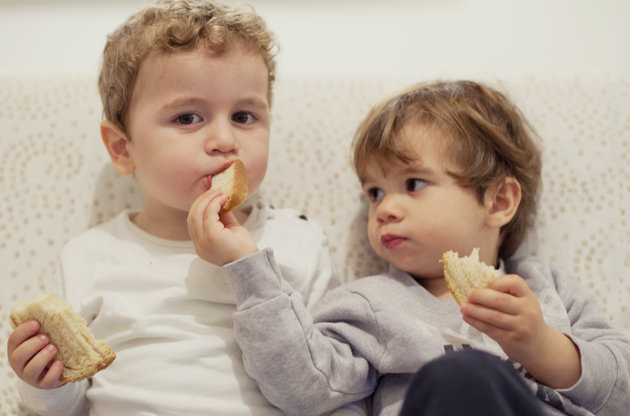
08 Mar2018

share



On GGIA, we provide three research-based strategies for educators, parents, and leaders of all kinds to help others overcome barriers to kindness and generosity. The first is to create Reminders of Connectedness in a home, office, or classroom. These reminders can be something as simple as a quote evoking shared goals, words like “community,” or a picture conveying warmth or friendships.
The second involves Putting a Human Face on Suffering: Being able to identify distinct, specific victims of a problem—and learning about their personal stories—can make that problem more vivid, strike an emotional chord, and thus motivate people to help.
The third, Shared Identity, involves forging a sense of common humanity across group boundaries. Reminding people to see the basic humanity that they share with those who might seem different from them can help overcome fear and distrust and promote cooperation. Even small similarities, like appreciating sports, can foster a greater sense of kinship. (An overview of these three strategies is also provided in the Eliciting Altruism practice.)
Finally, the practice for Encouraging Kindness in Kids offers four specific techniques to bring out children’s natural propensity for kindness and generosity. These techniques include avoiding external rewards for kind behavior, so that kids get to experience the feeling that kindness is its own reward, praising kids’ character instead of their behavior so they come to see kindness as an essential part of who they are, and modeling kindness in your own behavior, since actions tend to speak louder than words when it comes to nurturing generosity.
Becoming a kinder person—and nurturing kindness in your children and students—isn’t something that happens overnight. It takes practice to turn your best intentions into concrete actions. We hope the kindness exercises on Greater Good in Action provide an effective way to start building that habit today.
Juliana Breines, Ph.D., is a postdoctoral fellow at Brandeis University.